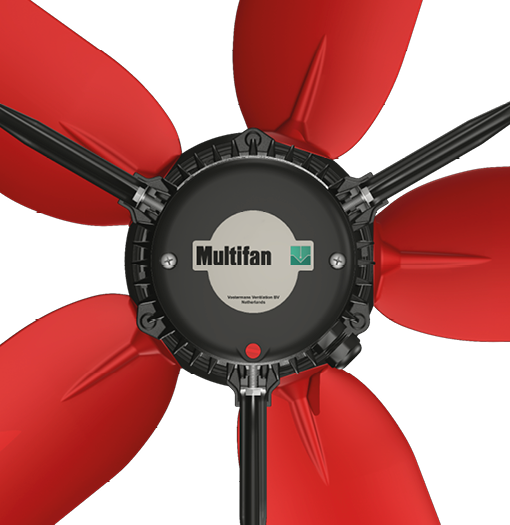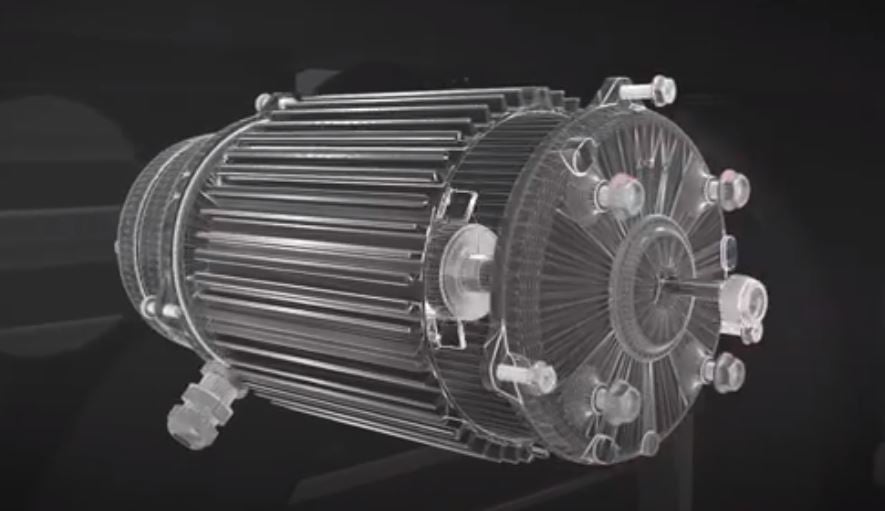A fan consists of the drive, usually an electric motor, the impeller and possibly, casing. The fan supplies a certain amount of air at a certain pressure (∆ PStat). Since these properties depend on the specific weight (kg/m3) of the air, they are usually normalised to a weight of 1.2 kg/m3. This data, volume and pressure always belong together!
Usually, m3/h is used for the air output (volume), but m3/min, CFM and litres/sec are also frequently used forms. Usually Pa (N/m²) is used for the pressure (∆ PStat, pressure differential). This pressure can be either negative (underpressure) or positive (overpressure). A typical characteristic of this data, for axial fans, is that the highest volume flow is obtained at the lowest pressure.
This technical data of an axial fan can be displayed in a table or curve, also called the Q/h curve. The data is usually presented in the unstable area. This unstable area is the part of the curve where the yield cannot be guaranteed. It is recommended to use a maximum of 75% of the specified stable area for a guaranteed volume of power.
The system characteristic (Or resistance line).
A fan is used in a certain situation, also called a system. A system can, for example, consist of a complete building with inlet valves, filters, etc. In these systems, a number of factors cause resistance, or loss of air volume:
- Change of direction (bends, valves, etc.)
- Changes in speed (narrowing, widening, inflow and outflow radii)
The technical data of an air guidance system (ventilation ducts, barn, etc.) is displayed in a table or curve. This resistance line always consists of a certain pressure (∆ PStat) and the corresponding air flow. This data belongs together. The characteristic of a resistance line (without adjustable resistors in the installation) is that the pressure is squared in relation to the air output. In other words when the air output doubles, the pressure (∆ PStat) rises x4*!
The resistance line should typically always cut the fan in the stable area, to ensure a continuous air flow.
Also read: The fan laws
Our axial fans are extensively tested, so we know exactly what performance they deliver. This way you can easily see which fan is suitable for your situation. Due to our varied assortment, there is always a solution available.




